Home>Garden Essentials>Where Are Seeds Found In A Plant
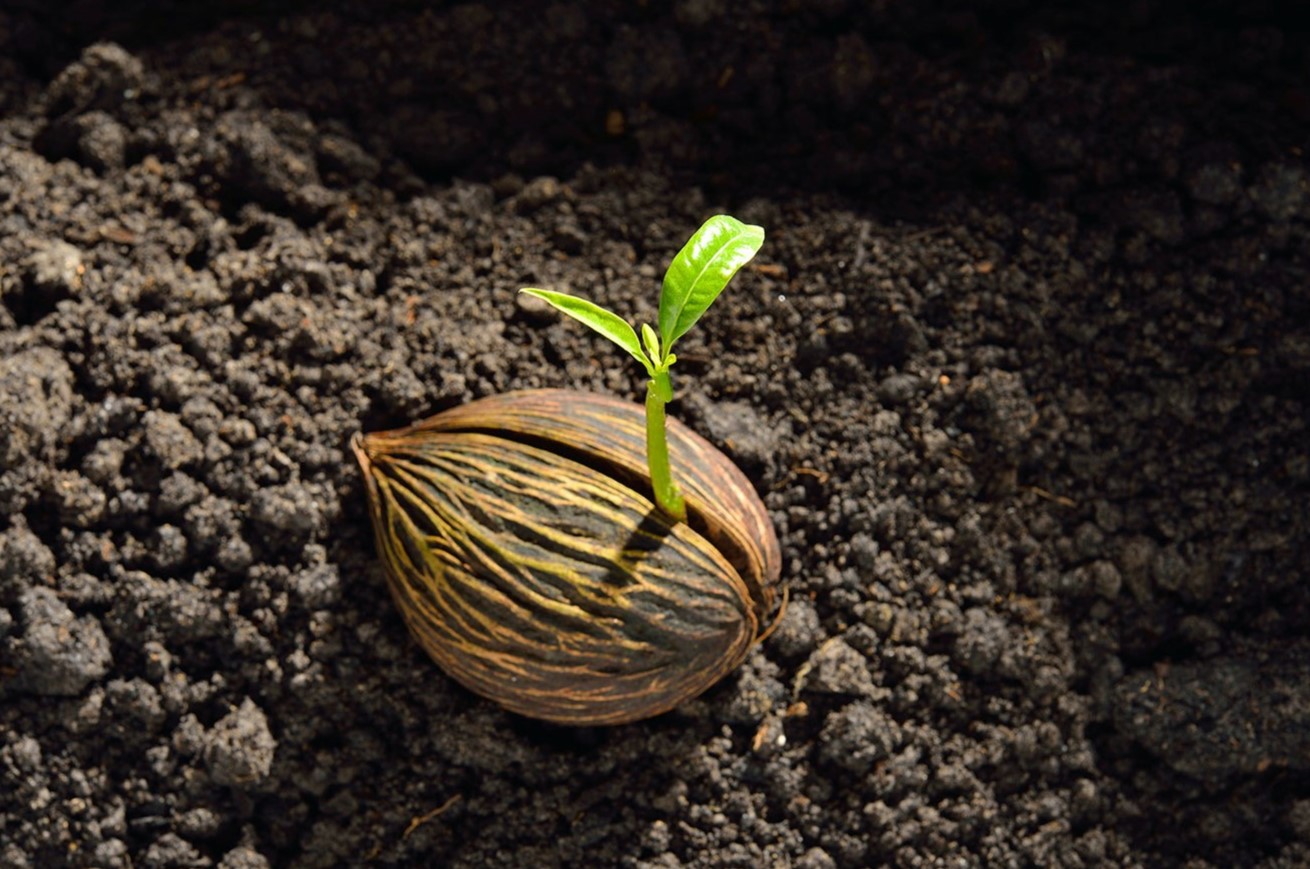

Garden Essentials
Where Are Seeds Found In A Plant
Modified: March 15, 2024
Discover where seeds are found in a plant and how to start your own garden. Explore the fascinating world of gardening with expert tips and insights.
(Many of the links in this article redirect to a specific reviewed product. Your purchase of these products through affiliate links helps to generate commission for Storables.com, at no extra cost. Learn more)
Introduction
Welcome to the wonderful world of plants! Whether you’re a seasoned gardener or a curious nature enthusiast, understanding the inner workings of plants is both fascinating and rewarding. One of the most crucial aspects of plant life is the presence of seeds.
Seeds are essential for the survival and propagation of plants. They contain the genetic information needed to grow into new individuals and ensure the continuation of their species. In this article, we will dive deeper into the fascinating topic of seeds and explore where they are found within a plant.
Before we delve into the specific locations of seeds in different plant parts, let’s first familiarize ourselves with the concept of seeds and their significance.
Key Takeaways:
- Seeds are the starting point for new plants, found within flowers, fruits, pods, and cones. They ensure plant survival and offer diverse strategies for adaptation and propagation.
- Understanding seeds’ formation, types, and locations within plants enhances our appreciation for their crucial role in the plant life cycle. Seeds truly are nature’s wonders, inspiring and captivating us.
Definition of Seeds
Seeds are the result of the reproductive process in plants. They are structures that contain the embryo of a future plant, along with a food reserve and a protective coating. Essentially, they are the starting point for the growth and development of a new plant.
The formation of seeds occurs when pollination and fertilization take place. Pollination is the transfer of pollen from the male reproductive organ of a flower to the female reproductive organ. This can occur through various methods, such as wind, insects, birds, or other animals.
Once pollination has occurred, fertilization takes place. This is when the male gametes from the pollen join with the female gametes in the ovary of the flower. The fertilized ovule then develops into a seed, containing the genetic material required for growth.
Seeds come in a variety of sizes, shapes, and colors depending on the plant species. Some seeds are tiny, like those of orchids, while others, such as coconut seeds, can be quite large. Each seed contains all the essential nutrients and energy needed for the initial stages of plant growth.
The outer coating of a seed, known as the seed coat or testa, acts as a protective layer. It shields the embryo and food reserve from external factors such as water, temperature fluctuations, and pathogens. The seed coat also plays a role in regulating dormancy, preventing the embryo from germinating until suitable conditions are present.
Now that we have a basic understanding of seeds and their purpose, let’s explore the importance of seeds in plants.
Importance of Seeds in Plants
Seeds play a vital role in the life cycle and survival of plants. Here are some key reasons why seeds are crucial for plants:
- Propagation: Seeds are the primary means of reproduction in plants. They carry and preserve the genetic information necessary to give rise to new plants. Through the dispersal of seeds, plants can colonize new areas and expand their populations.
- Survival: Seeds serve as a survival mechanism for plants, allowing them to endure adverse conditions. Some seeds can remain dormant for extended periods until the environment becomes favorable for germination. This adaptation enables plants to wait for the right conditions, such as adequate moisture, sunlight, and nutrients, before initiating growth.
- Genetic Diversity: Seeds contribute to the genetic diversity of plant populations. Sexual reproduction, facilitated by seeds, allows for genetic recombination and the creation of unique offspring. This diversity enhances the resilience of plants against diseases, pests, and changing environmental conditions.
- Sustenance for Animals: Many animals rely on seeds as a source of food. Plants produce seeds with various nutritional qualities, attracting birds, rodents, and other animals. In turn, these animals assist in seed dispersal by consuming them and spreading them through their waste or caching behavior.
- Regeneration after Disturbances: Seeds allow plants to regenerate and recover following disturbances such as fires, floods, or human intervention. In habitats prone to such events, plants with specialized seeds that can withstand harsh conditions have a higher chance of survival and reestablishment.
From propagation to survival and ecological interactions, seeds play an integral role in the survival and success of plants. Understanding the significance of seeds opens up a world of possibilities for gardeners, nature enthusiasts, and researchers alike.
Now that we appreciate the importance of seeds, let’s explore the different parts of a plant and where seeds can be found within them.
Parts of a Plant
A plant consists of several key parts, each with its own specific function. Understanding these parts will help in identifying where seeds are found within a plant. Here are the main parts of a plant:
- Roots: The roots are the underground part of a plant responsible for anchoring it in the soil. They also absorb water and nutrients from the soil, which are essential for the plant’s growth and development. While seeds are not typically found in the roots, some plants, such as tuberous plants, develop modified roots that store food reserves, which can later be used to produce new plants.
- Stem: The stem is the main support structure of a plant. It provides stability and carries water, nutrients, and sugars throughout the plant. While seeds are not directly present in the stem, it serves as the conduit for their transport between different parts of the plant.
- Leaves: Leaves are the photosynthetic organs of a plant and are responsible for producing food through the process of photosynthesis. While leaves primarily focus on capturing sunlight and exchanging gases, they do not typically contain seeds. However, some plants have modified leaves known as “phyllodes” that produce seeds or structures resembling seeds.
- Flowers: Flowers are the reproductive organs of a plant and are essential for seed production. They are typically found in angiosperms, the flowering plants. The flower’s male reproductive organ, the stamen, produces pollen, which contains the plant’s male gametes. The female reproductive organ, the pistil, contains the ovary, where the seeds will develop after fertilization.
- Fruits: Fruits develop from the ovary of a flower after successful pollination and fertilization. They serve as protective structures for the developing seeds. Fruits can come in various forms, such as berries, nuts, pods, or capsules. The seeds are enclosed within the fruit, providing protection and aiding in their dispersal.
Now that we have a clear understanding of the different parts of a plant, including the flowers and fruits, we can further delve into the reproductive system of plants to understand how seeds are formed.
The Reproductive System of Plants
In order for seeds to be formed, plants rely on their intricate reproductive systems. The reproductive process in plants involves a combination of structures, pollination, fertilization, and seed development. Let’s explore the reproductive system of plants in more detail:
Pollination: Pollination is the transfer of pollen from the male reproductive organ, the stamen, to the female reproductive organ, the pistil. This transfer can occur through various means, such as wind, insects, birds, or other animals. Plants have evolved different strategies to attract specific pollinators, such as bright flowers or enticing fragrances.
Fertilization: Once pollination occurs and the pollen reaches the pistil, fertilization can take place. In flowering plants, pollen grains contain the plant’s male gametes, while the pistil contains the female gametes in the ovary. When the pollen grain reaches the receptive surface of the pistil, it germinates and grows a structure called a pollen tube. The pollen tube carries the male gametes to the ovary, where fertilization occurs, resulting in the formation of a zygote.
Seed Development: After fertilization, the zygote develops into an embryo within the ovule, which is located within the ovary. The ovule, now called a seed, contains the genetic information required for the development of a new plant, along with a food reserve known as the endosperm or cotyledon. As the seed matures, the ovary surrounding it develops into a fruit, protecting the seed and aiding in its dispersal.
It’s worth noting that not all plants rely on flowers for reproduction. Some plants, such as ferns and mosses, reproduce through spores rather than seeds. These spores serve a similar purpose to seeds in terms of dispersal and propagation.
Now that we understand the reproductive system of plants and the process of seed formation, let’s explore the various types of seeds found in different plants.
Seeds are found in the fruit or flower of a plant. After the flower is pollinated, it develops into a fruit, and inside the fruit are the seeds.
Read more: Where Are Carrot Seeds On The Plant
The Formation of Seeds
The formation of seeds is a crucial event in the life cycle of plants. It occurs after successful pollination and fertilization and involves the development of the ovule into a mature seed. Let’s dive into the process of seed formation:
Pollination: Before the formation of seeds can begin, pollination must take place. Pollination is the transfer of pollen grains from the male reproductive organ, the stamen, to the female reproductive organ, the pistil. This can occur through various methods, including wind, insects, birds, or other animals. Once the pollen grains reach the pistil, they land on the sticky stigma or find their way through the floral tube to the ovary.
Fertilization: After pollination, the pollen grains germinate on the stigma, forming a pollen tube. This tube grows through the style of the pistil, reaching the ovules in the ovary. Within the ovule, the male gametes in the pollen tube merge with the female gametes in the embryo sac. This fusion of gametes is known as fertilization and marks the beginning of seed formation.
Seed Development: Following fertilization, the fertilized ovule undergoes significant modifications as it develops into a seed. The ovule consists of an outer protective covering called the integument, which transforms into the seed coat or testa. Inside the seed coat, the zygote (resulting from fertilization) develops into an embryo. The embryo contains the vital parts of a future plant, such as the shoot tip, root tip, and embryonic leaves or cotyledons. Alongside the embryo, the endosperm or cotyledons, derived from the female gametes, act as a food reserve for the developing embryo. The endosperm nourishes the embryo until it can establish a connection with the outside environment and seek nutrients independently.
Maturity: As the seed matures, it undergoes physiological changes to prepare for dispersal and future growth. The embryo becomes dormant, entering a state of suspended animation until suitable conditions for germination are present. The seed coat, along with the endosperm or cotyledons, protects the embryo from external factors such as water loss, temperature fluctuations, and pathogens, ensuring its survival until germination occurs.
Once the seed has reached maturity, it is ready for dispersal. This process allows seeds to be transported away from the parent plant, increasing their chances of finding suitable conditions for growth and reducing competition with existing plants. Dispersal mechanisms vary among plants and can include wind, water, animals, or even human intervention.
Understanding the formation of seeds provides us with insights into the essential process of plant reproduction and the remarkable adaptations that plants have developed to ensure their survival and propagation.
Now that we understand how seeds are formed, let’s explore the different types of seeds found in plants and where they are commonly located within the plant parts.
Types of Seeds
Seeds come in a remarkable variety of sizes, shapes, and features. Different types of seeds have evolved to adapt to specific environments and fulfill specific functions. Here are some common types of seeds:
- Orthodox Seeds: These are the most common type of seeds found in plants. They have a remarkable ability to withstand desiccation (drying out) and can remain viable for long periods. Orthodox seeds often have a hard, protective seed coat that helps them withstand harsh conditions.
- Recalcitrant Seeds: Unlike orthodox seeds, recalcitrant seeds cannot withstand drying out. They have high moisture content and cannot be stored for long periods, making them challenging to preserve. These seeds are found in tropical and subtropical plants such as cacao, rubber trees, and avocados.
- Epiphytic Seeds: Epiphytic seeds are unique because they do not require soil for germination. They grow on other plants, utilizing the host plant for support and nutrients. Orchids and bromeliads are examples of plants that produce epiphytic seeds.
- Parasitic Seeds: Parasitic seeds have evolved to rely on other plants for their survival. These seeds contain specialized structures called haustoria, which allow them to attach to the host plant and extract nutrients. Dodder and mistletoe are examples of plants that produce parasitic seeds.
- Endospermic Seeds: Endospermic seeds contain a significant amount of endosperm, a tissue rich in nutrients that surrounds the embryo. This nutrient-rich tissue provides nourishment to the developing embryo during germination. Examples of plants with endospermic seeds include corn, coconuts, and wheat.
- Non-endospermic Seeds: Non-endospermic seeds do not have a separate endosperm tissue surrounding the embryo. Instead, the food reserve is stored within the cotyledons. Peas, beans, and lentils are examples of plants with non-endospermic seeds.
- Insect- or Bird-dispersed Seeds: Some seeds have evolved specific adaptations to be dispersed by insects or birds. These seeds may have structures or appendages that attract insects or birds, such as colorful or sweet-smelling fruit. They rely on these animals for dispersal over long distances.
- Wind-dispersed Seeds: Wind-dispersed seeds are lightweight and equipped with structures that allow them to be carried by air currents. They often have special adaptations, such as wing-like structures or feathery appendages, which aid in dispersal. Dandelions, maple trees, and grasses produce wind-dispersed seeds.
The incredible diversity of seed types showcases the adaptability of plants and their various strategies for reproduction and survival. Understanding the different types of seeds helps us appreciate the wide array of plants in the natural world and highlights the intricacies of their life cycles.
Now that we have explored the types of seeds, let’s find out where these seeds are commonly found within different parts of the plant.
Locations of Seeds in Different Plant Parts
Seeds can be found in various parts of plants, depending on the species and their mode of reproduction. Let’s explore the common locations of seeds within different plant parts:
- Flowers: In flowering plants, seeds are typically found within the ovary of the flower. After successful pollination and fertilization, the ovary develops into a fruit, with the seeds enclosed within. The ovary protects the developing seeds and aids in their dispersal.
- Fruits: Fruits play a vital role in seed dispersal. They contain one or multiple seeds, depending on the plant species. The seeds are located inside the fruit, either embedded in the flesh (as in berries) or encased within a harder structure (as in nuts). The fruit helps protect the seeds and can aid in their dispersal by animals or environmental factors.
- Pods and Capsules: Some plants produce pods or capsules that contain multiple seeds. Pods are elongated structures that split open when mature, releasing the seeds enclosed within. Capsules are typically dry and contain compartments where the seeds develop. Examples of plants with pod or capsule fruits include peas, beans, and poppies.
- Cones: Conifers, such as pine trees and spruces, produce seed-bearing structures called cones. These cones contain seeds within specialized structures called scales. The scales protect the seeds and open up when mature to release them. Cones are a common sight in many forests and play a significant role in the reproduction of coniferous trees.
- Ferns and Mosses: Ferns and mosses are non-flowering plants that reproduce through spores rather than seeds. Spores are found in special structures, such as sporangia or capsules, which are located on the undersides of fern fronds or moss plants. Spores are released from these structures and can develop into new individuals under suitable conditions.
It’s important to note that not all plant parts contain seeds. Leaves, stems, and roots, for example, do not typically house seeds. However, certain plants may have specialized adaptations or modifications where seeds or seed-like structures are present in these parts.
Understanding the locations of seeds within different plant parts is helpful for gardeners, botanists, and nature enthusiasts. It allows us to appreciate how seeds are formed, dispersed, and ultimately contribute to the growth and propagation of plants.
Now that we’ve explored the various locations of seeds within plant parts, let’s conclude our journey into the fascinating world of seeds and plant reproduction.
Conclusion
Seeds are a remarkable aspect of plant life that play a crucial role in the survival and propagation of plants. They are the starting point for the growth and development of new individuals, carrying the genetic information necessary for their success. From their formation within flowers to their dispersal in fruits, seeds have evolved diverse strategies to ensure their survival and enable plants to thrive in various environments.
Understanding the different types of seeds and their locations within plant parts allows us to appreciate the incredible diversity and adaptability of plants. Whether they are found within flowers, fruits, pods, cones, or specialized structures, seeds are fascinating examples of nature’s ingenuity.
Seeds serve many functions in the plant kingdom. They allow for propagation, ensuring the continuation of plant species, while also providing a means for plants to adapt and survive in changing environments. Seeds offer sustenance for animals, aid in ecological interactions, and allow for regeneration after disturbances.
As gardeners, nature enthusiasts, or simply curious observers, gaining knowledge about seeds enhances our appreciation for the beauty and complexity of the plant world. By understanding the formation of seeds, the different types of seeds, and their locations within plant parts, we can better appreciate their crucial role in the life cycle of plants.
So the next time you plant a seed, observe a flower, or enjoy a delicious fruit, take a moment to marvel at the incredible journey of a seed – from its humble beginnings to its potential to grow into a magnificent plant. Seeds truly are nature’s wonders, and their significance cannot be overstated.
Keep exploring, learning, and nurturing the world of seeds, and let the magic of plant life continue to inspire and captivate us.
Frequently Asked Questions about Where Are Seeds Found In A Plant
Was this page helpful?
At Storables.com, we guarantee accurate and reliable information. Our content, validated by Expert Board Contributors, is crafted following stringent Editorial Policies. We're committed to providing you with well-researched, expert-backed insights for all your informational needs.
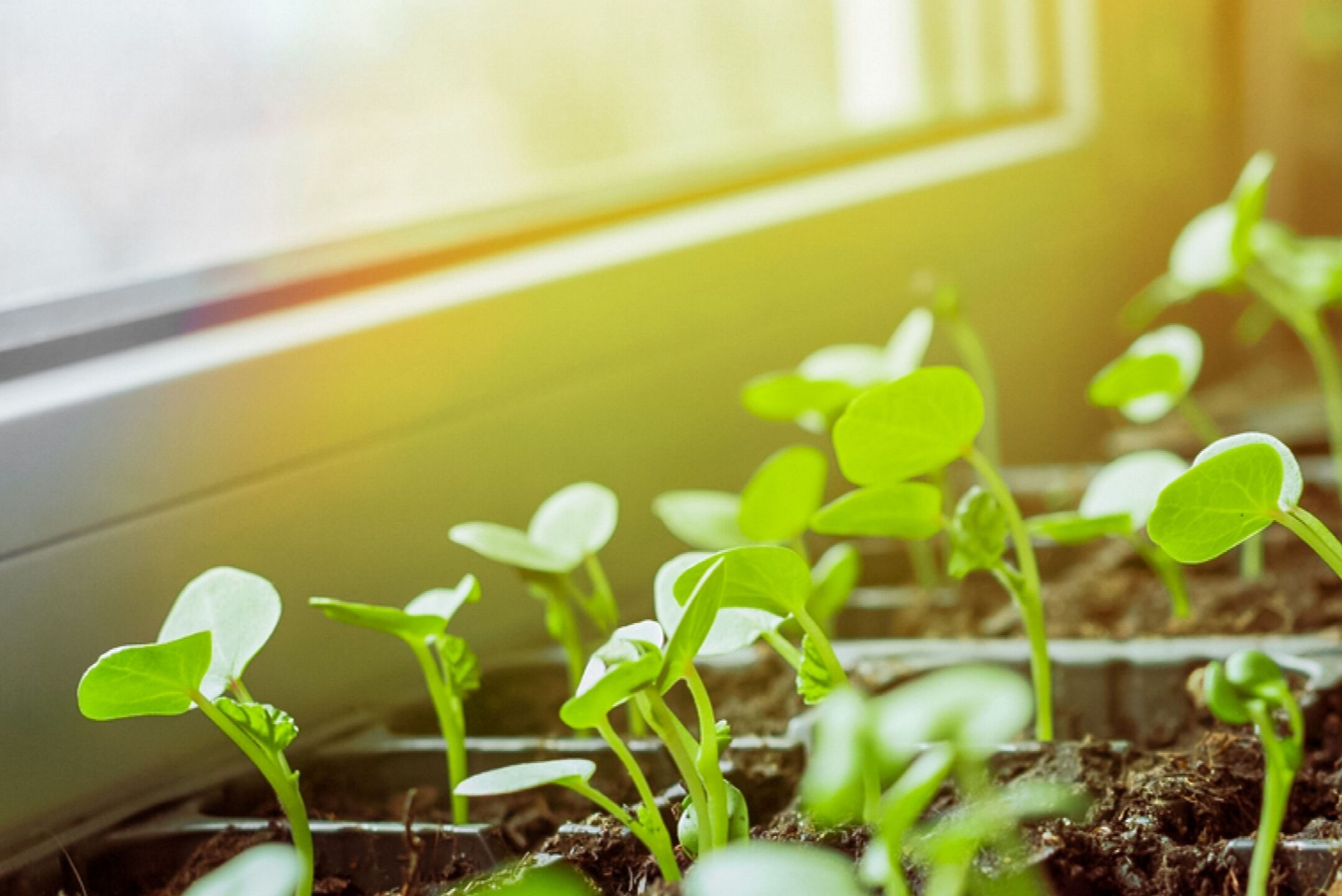
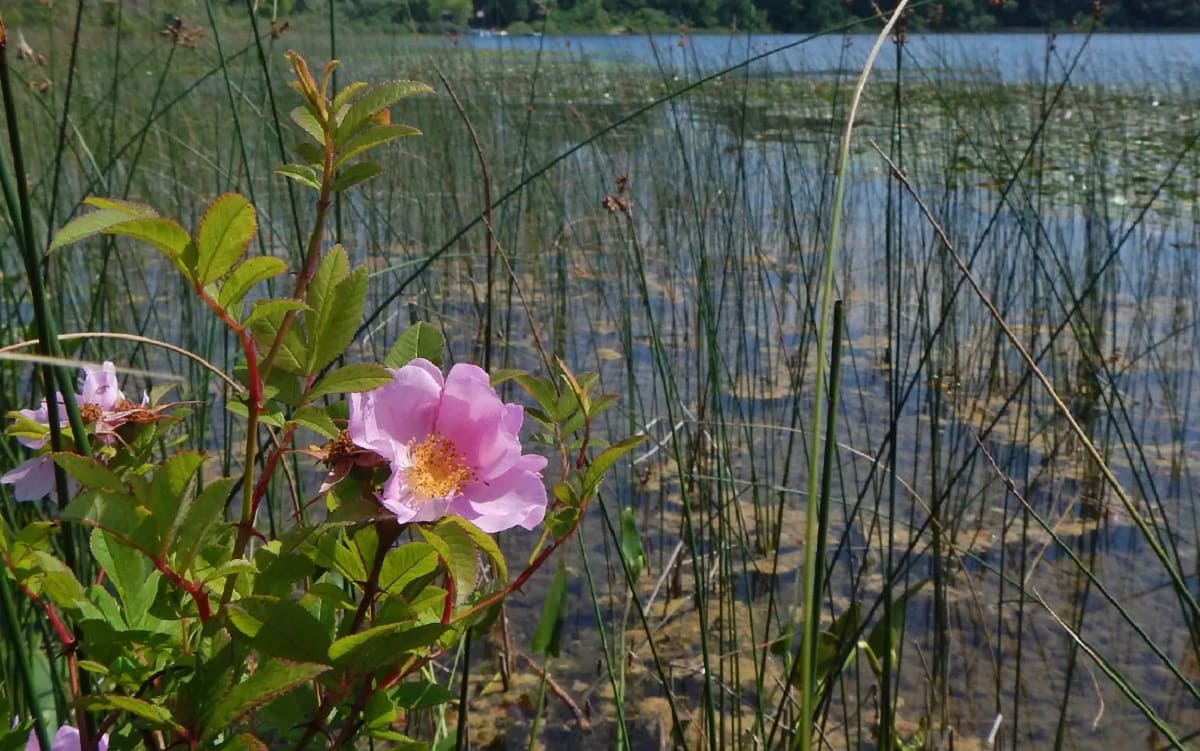
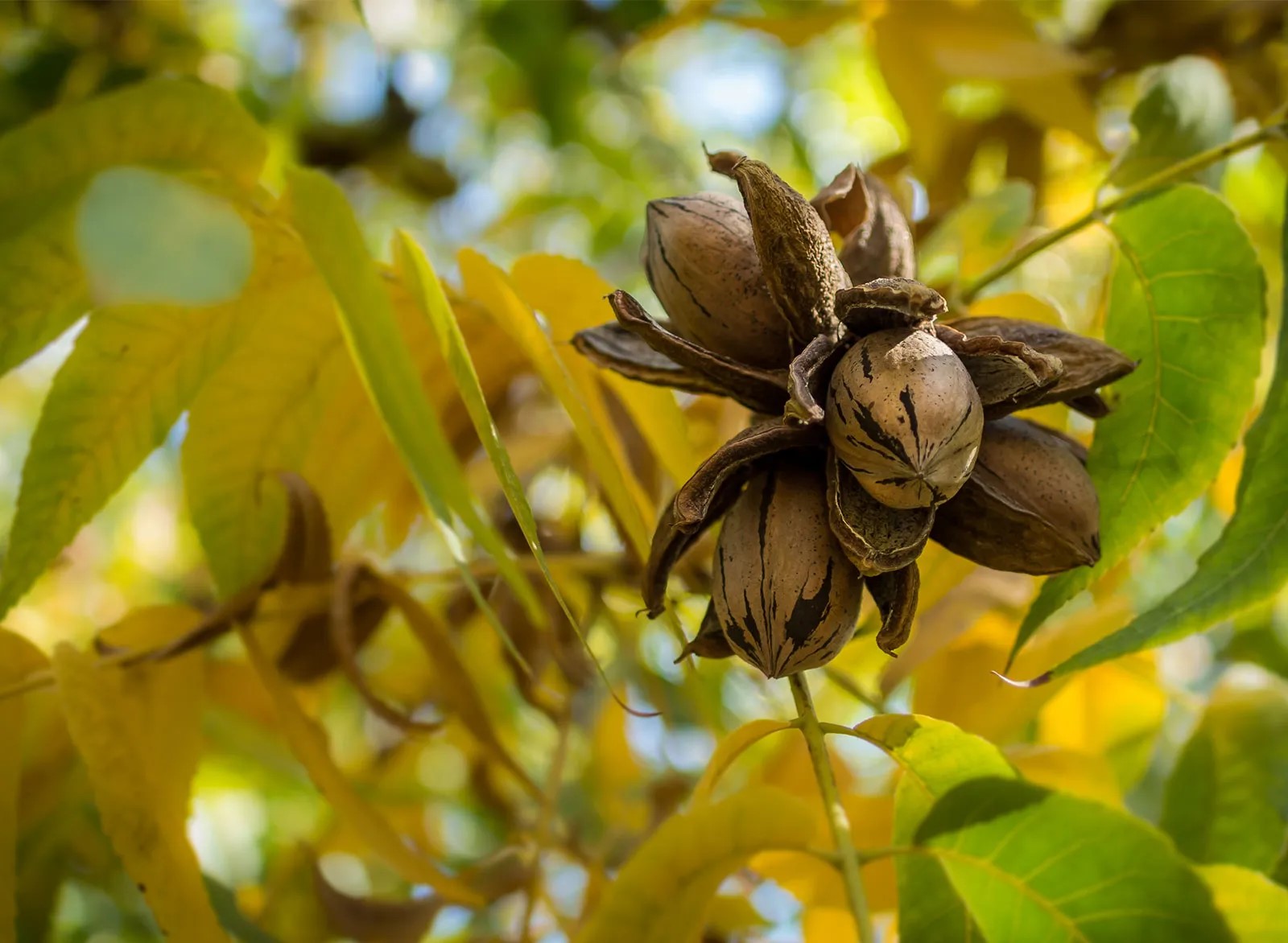
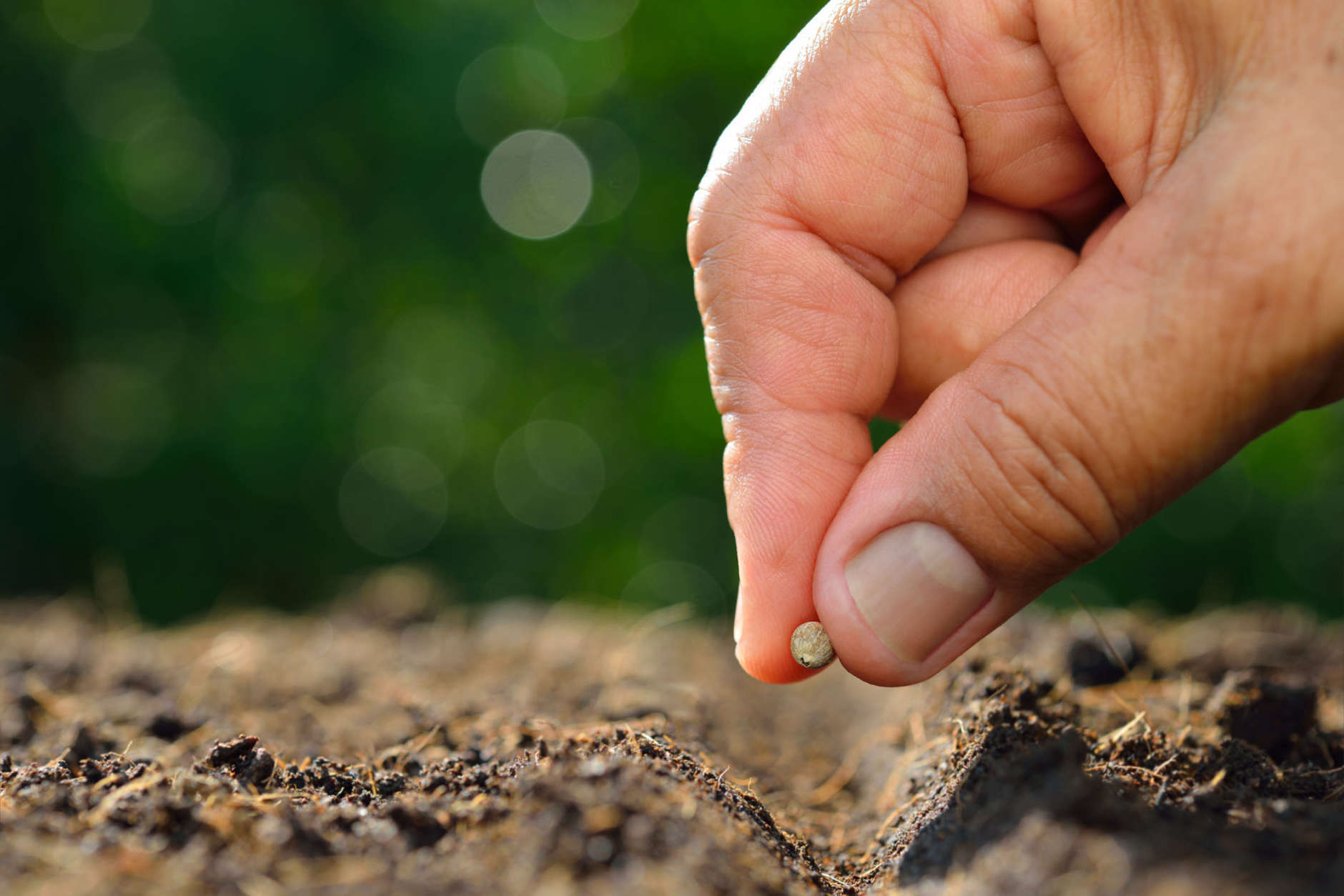


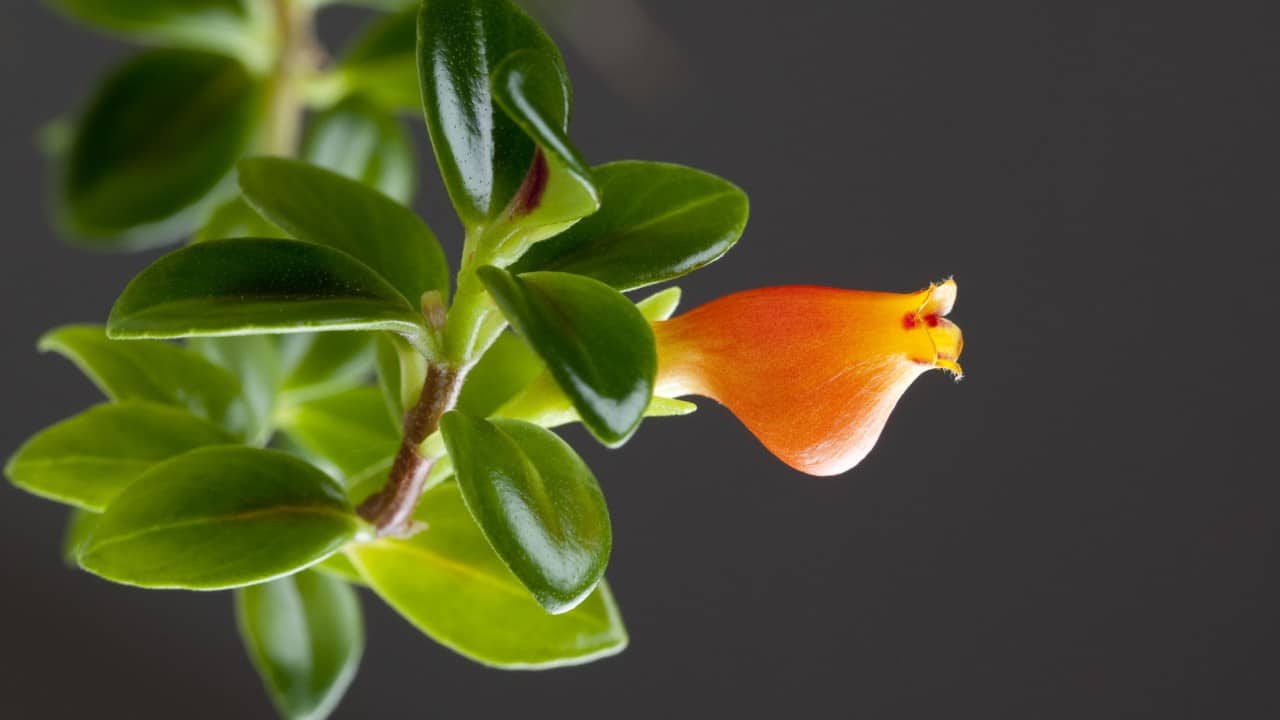
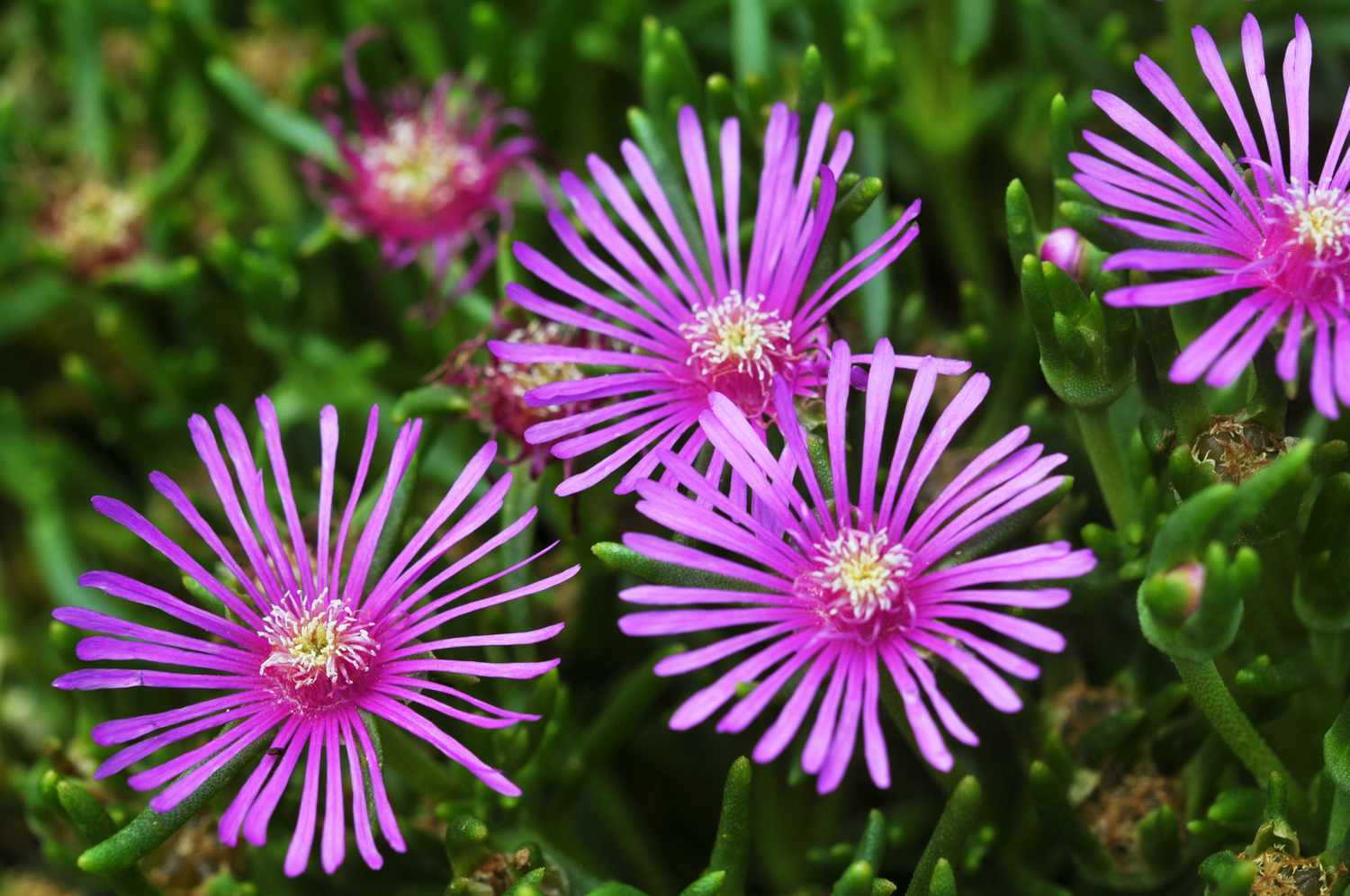
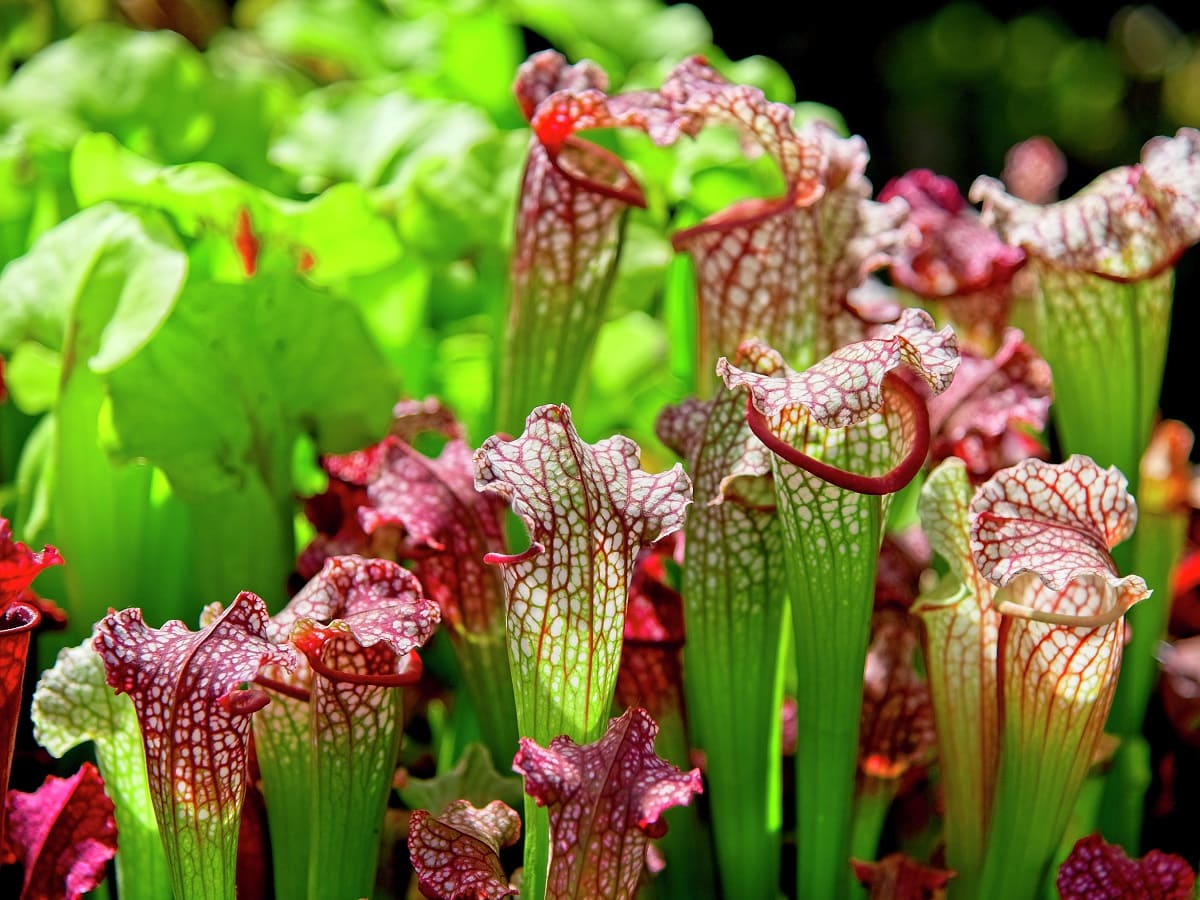
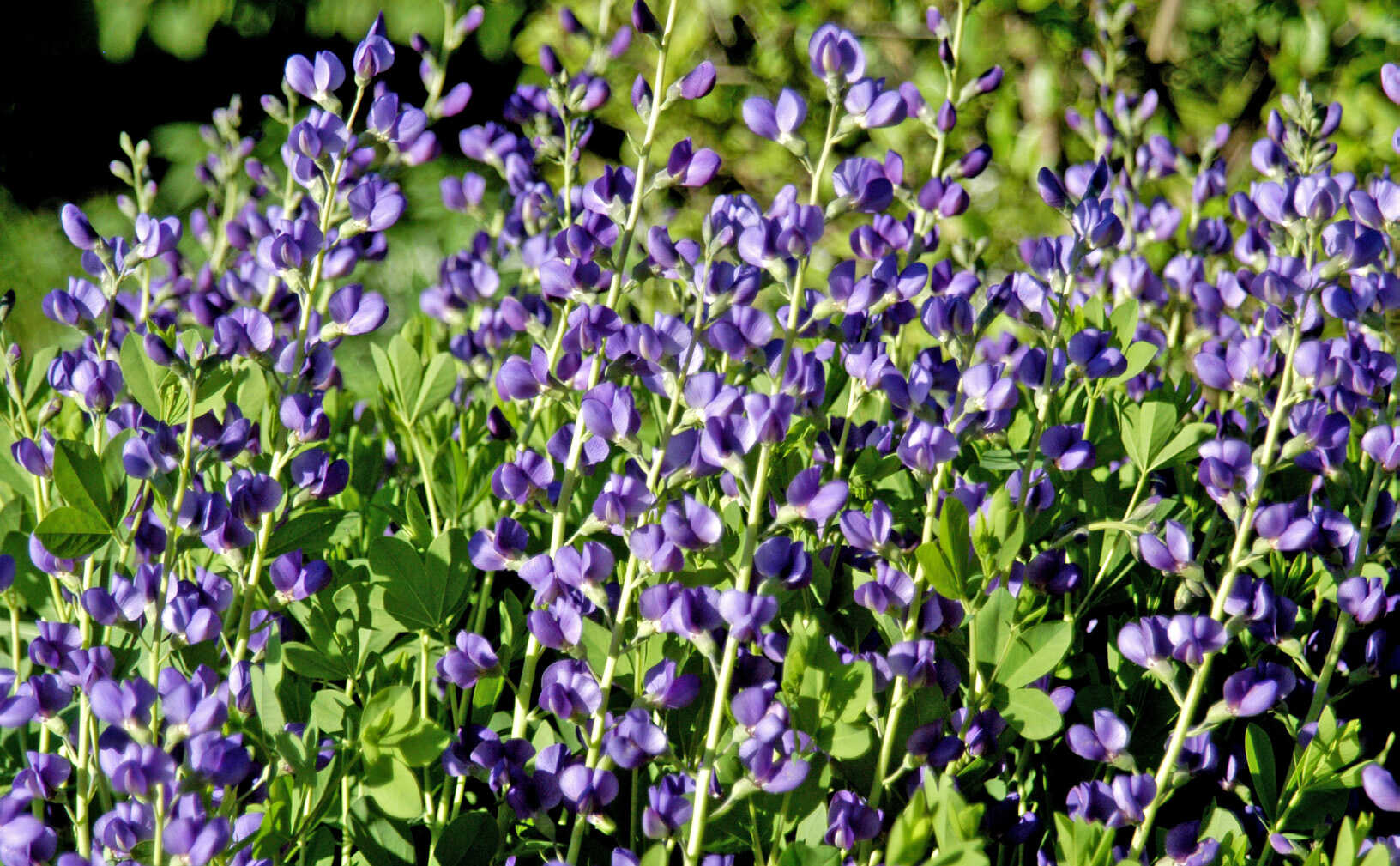
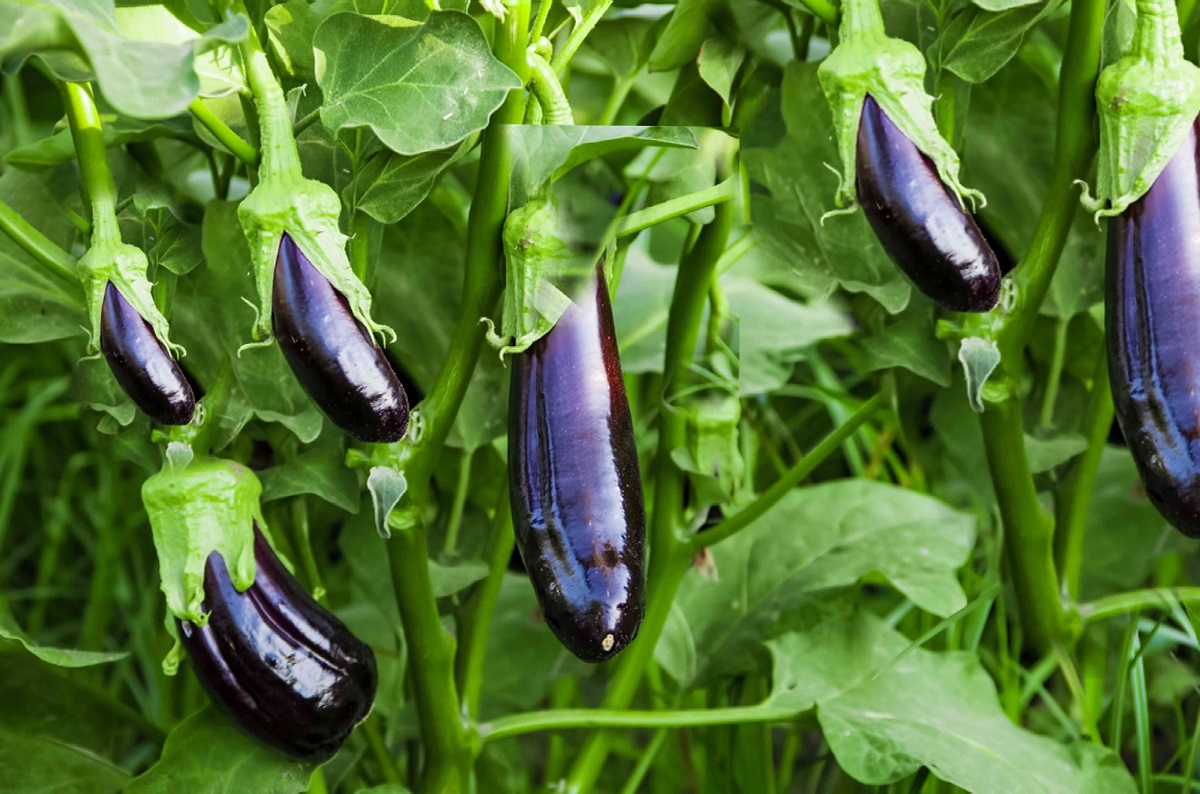
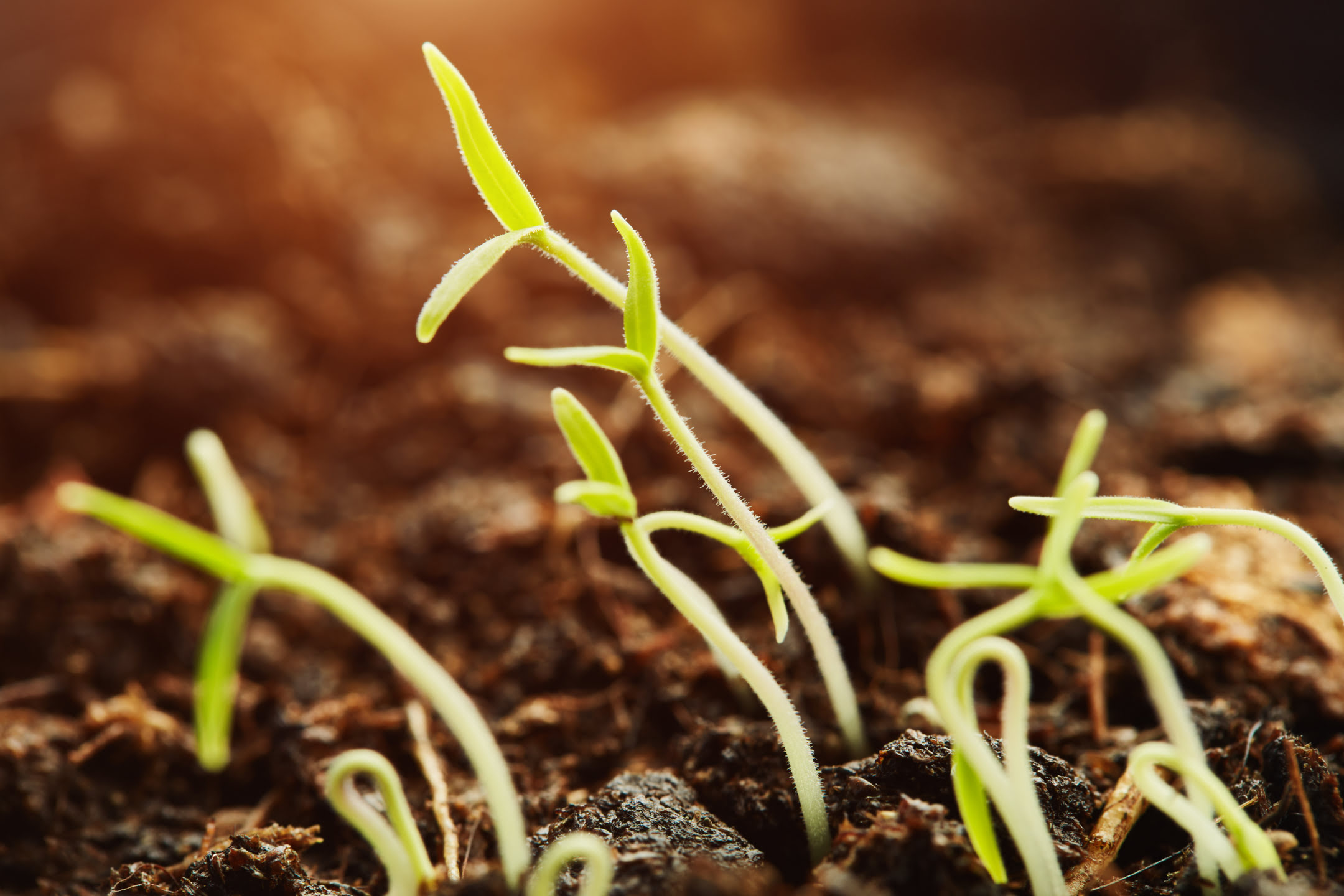
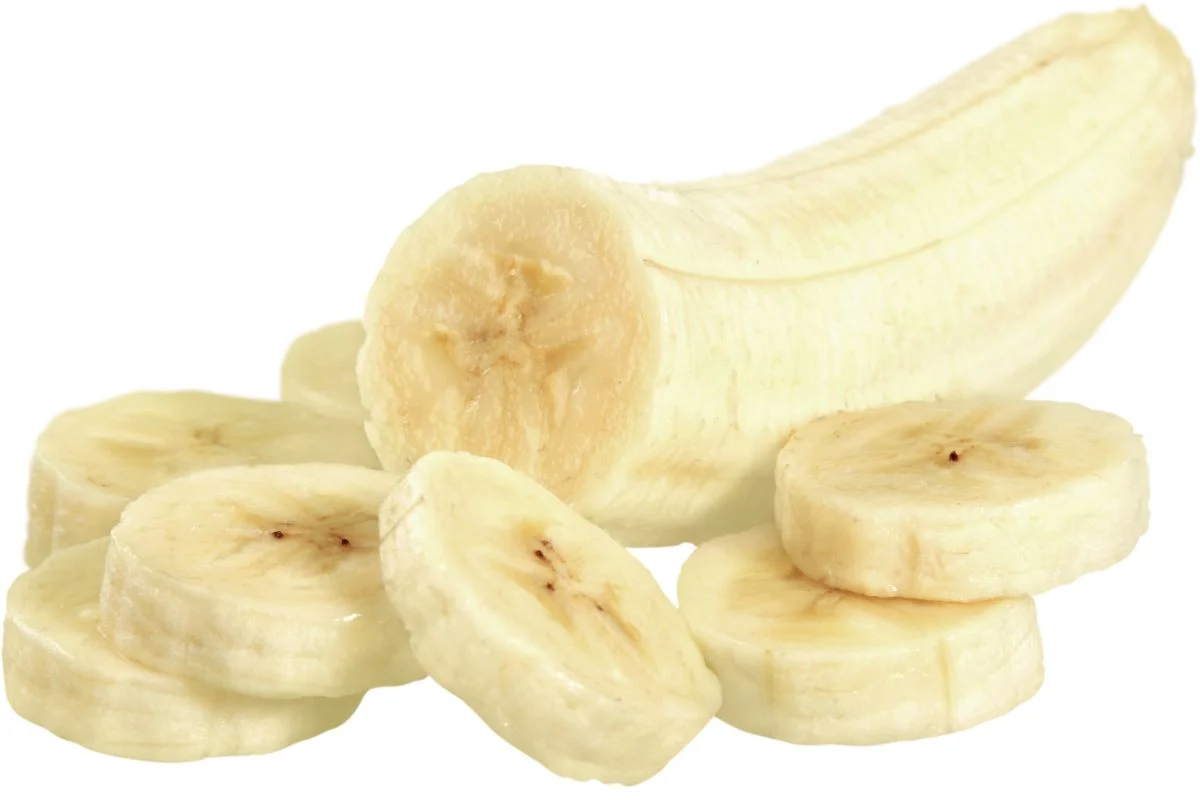
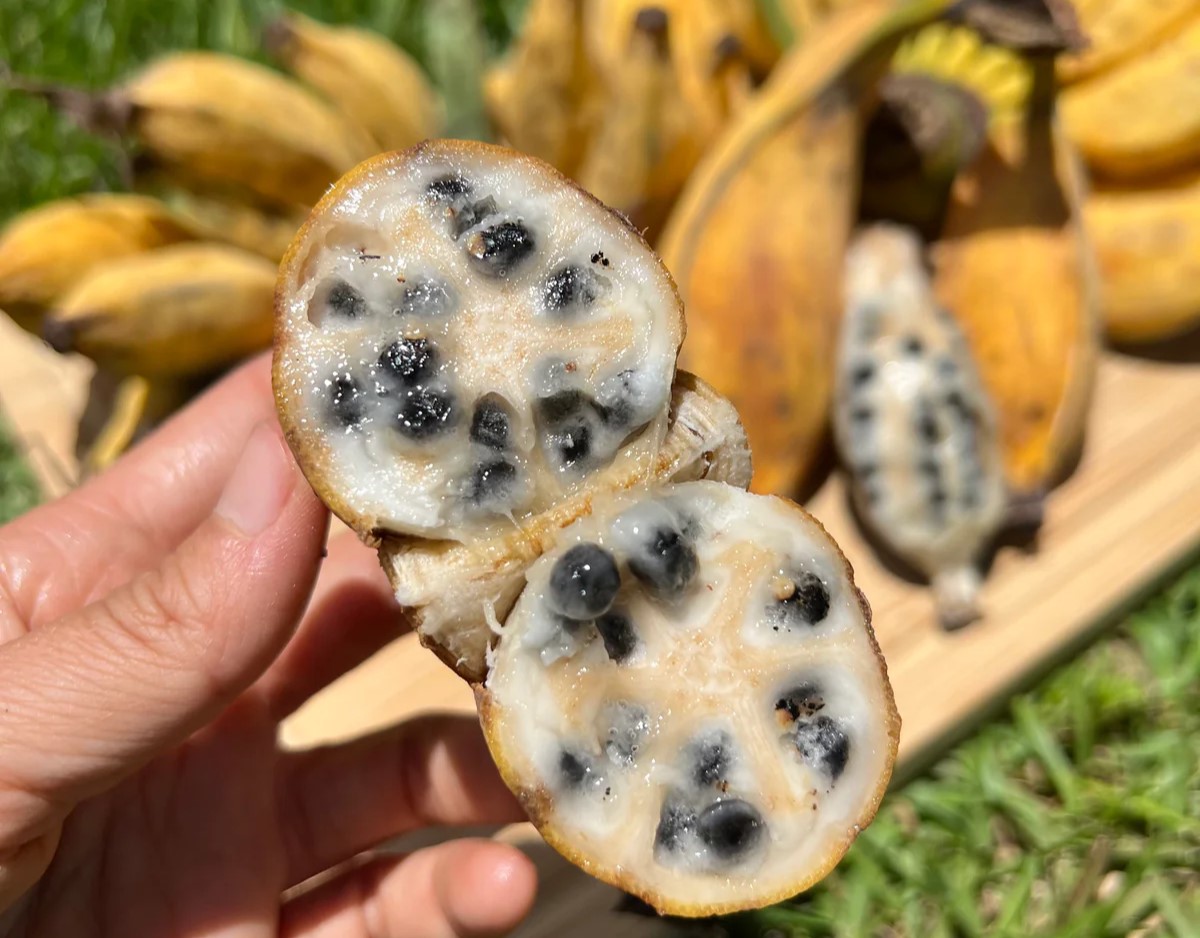

0 thoughts on “Where Are Seeds Found In A Plant”